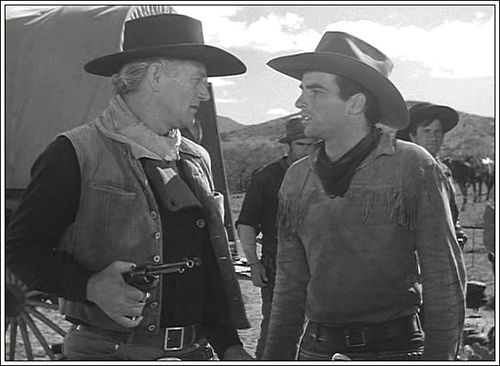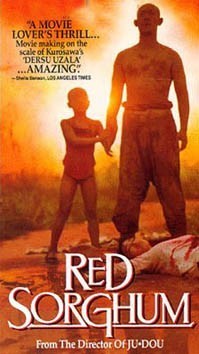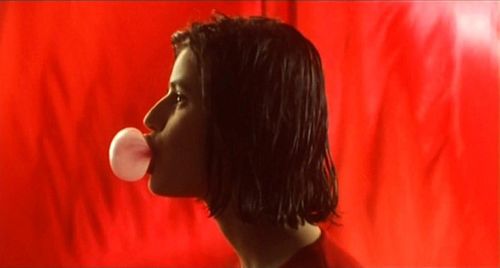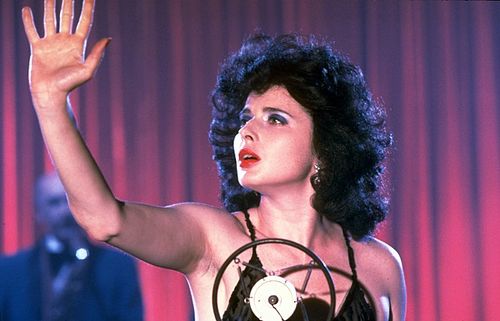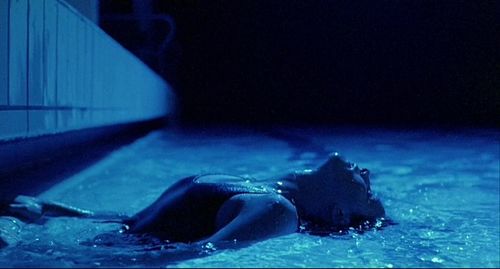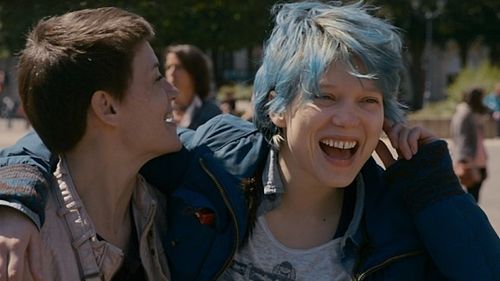Colors related movies: Difference between revisions
| Line 21: | Line 21: | ||
[[File:Blue Is The Warmest Color, 2013.jpg|500px]] | [[File:Blue Is The Warmest Color, 2013.jpg|500px]] | ||
Blue Is the Warmest Colour is also filled with visual symbolism.[44][45] The colour blue is used extensively throughout the film—from the lighting in the gay club, Adèle visits, to the dress she wears in the last scene and most notably, in Emma's hair and eyes. | The film revolves around Adèle, a French teenager who discovers desire and freedom when a blue-haired aspiring painter (Seydoux) enters her life. | ||
*Blue Is the Warmest Colour is also filled with visual symbolism.[44][45] The colour blue is used extensively throughout the film—from the lighting in the gay club, Adèle visits, to the dress she wears in the last scene and most notably, in Emma's hair and eyes. For Adèle, blue represents emotional intensity, curiosity, love, and sadness. | |||
For Adèle, blue represents emotional intensity, curiosity, love, and sadness. | |||
Revision as of 21:18, 5 November 2018
RED
Red River, 1948
紅高梁, Red Sorghum, 1988
Three Colors: Red, Trois Couleurs: Rouge, 1994
BLUE
Blue Velvet, 1986
Three Colors: Blue, Trois Couleurs Bleu, 1993
La vie d'Adele, Blue Is The Warmest Color, 2013
The film revolves around Adèle, a French teenager who discovers desire and freedom when a blue-haired aspiring painter (Seydoux) enters her life.
- Blue Is the Warmest Colour is also filled with visual symbolism.[44][45] The colour blue is used extensively throughout the film—from the lighting in the gay club, Adèle visits, to the dress she wears in the last scene and most notably, in Emma's hair and eyes. For Adèle, blue represents emotional intensity, curiosity, love, and sadness.

